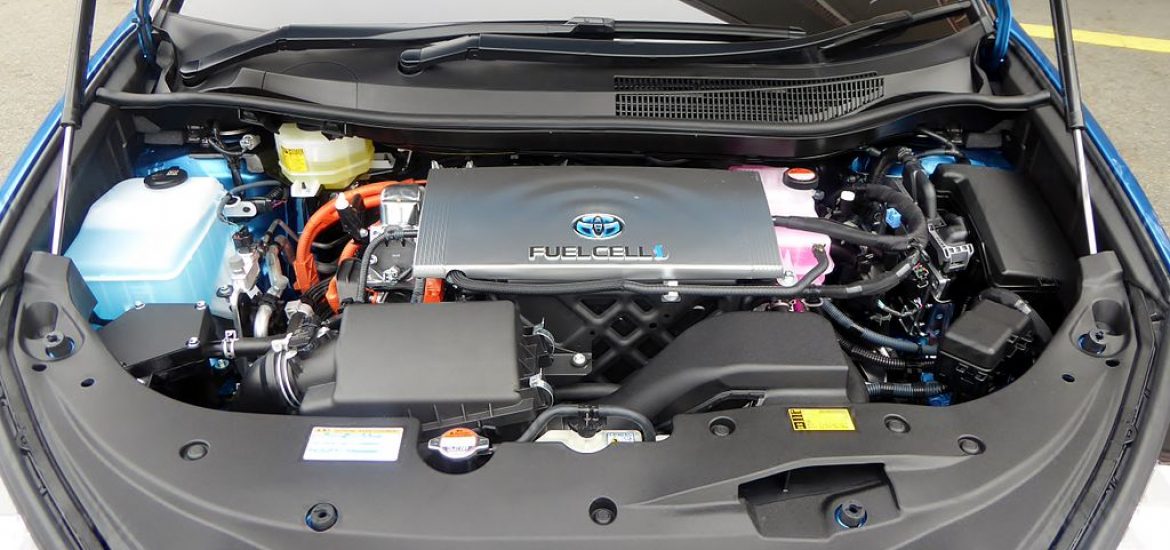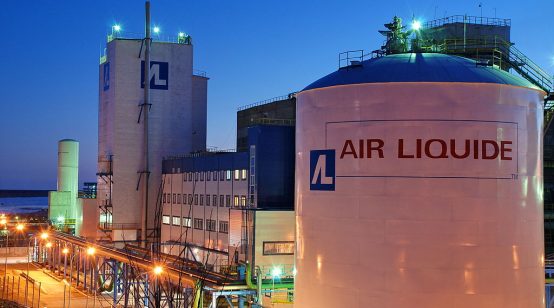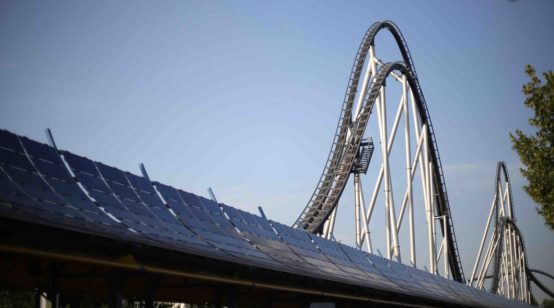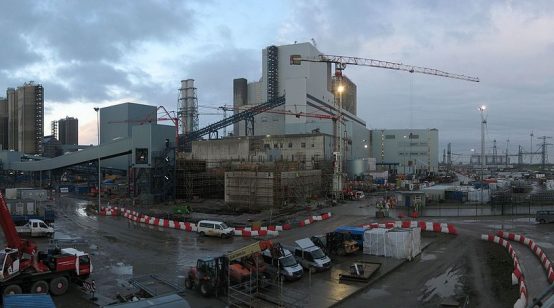
Carmakers are calling on the European Union to invest in hydrogen filling stations – with special attention to allowing trucks to operate – to boost an alternative to fossil fuels and electric vehicles.
The European Automobile Manufacturers’ Association (ACEA) said: “A strategic plan for the pan-European deployment of infrastructure for fuel-cell vehicles needs to be put in place.”
Seventeen hydrogen stations opened in Germany last year, bringing the total to 60, while the country has approximately 25,000 EV chargers.
The UK has approximately 15,000 EV chargers and just 17 hydrogen filling stations.
There are also drawbacks with the cost. The Hyundai Nexo and Toyota Mirai (pictured) both cost more than €68,000 and hydrogen production in currently complex and mainly conducted using fossil fuels.
But hydrogen is repeatedly mentioned as a means to store surplus renewable energy, meaning supplies of the most simple element could become far more plentiful and prevalent.
Also, hydrogen refuelling is as quickly as with conventional engines and a tank offers a similar range. And the only exhaust is water.
Toyota’s second-generation Mirai, a rear-wheel drive five-seater is due to go on sale next year in Japan, North America and Europe. The present prototype has only sold around 10,000 vehicles since its launch in 2014.
Toyota is looking to become a hydrogen leader. Its chief engineer Yoshikazu Tanaka said the new Mirai must lose its fuel-cell stigma about its expense and difficulty to refuel.
ACEA director-general Eric-Mark Huitema said: “Along with other alternatively powered vehicles, fuel-cell vehicles hold a strong potential to help make the transition to zero-emission mobility.
“But their ability to reach this potential depends on a network of hydrogen refuelling stations being built up right across Europe. Today, there are just 125 hydrogen stations in the EU, so there is much work to be done in the coming years.”
Dr Felix Gress, the communications chief at the automotive technology firm Continental, said electric vehicles were poor value for money compared to conventional cars.
“For the customers, it will be difficult to accept such a car in the market – you pay a higher price, you get less of a car, so it will be a tough sell,” he told a forum in Germany.
“The fuel cell is not ready to kick in yet. By 2030, we’ll see that coming, especially in cars that run long distances or trucks.”
Gress said the drive towards EVs was partly enforced by legislative changes but they suffered from inherent limitations.
“The battery technology, according to our estimations, has its limits. It doesn’t generate enough range.”
Toyota’s hydrogen-fuelled Mirai. Picture credit: Wikimedia





